SDLS049C December 1983 – November 2016 SN5414 , SN54LS14 , SN7414 , SN74LS14
PRODUCTION DATA.
- 1 Features
- 2 Applications
- 3 Description
- 4 Revision History
- 5 Pin Configuration and Functions
- 6 Specifications
- 7 Parameter Measurement Information
- 8 Detailed Description
- 9 Application and Implementation
- 10Power Supply Recommendations
- 11Layout
- 12Device and Documentation Support
- 13Mechanical, Packaging, and Orderable Information
Package Options
Refer to the PDF data sheet for device specific package drawings
Mechanical Data (Package|Pins)
- D|14
- DB|14
- N|14
- NS|14
Thermal pad, mechanical data (Package|Pins)
Orderable Information
6 Specifications
6.1 Absolute Maximum Ratings
over operating free-air temperature range (unless otherwise noted)(1)| MIN | MAX | UNIT | ||
|---|---|---|---|---|
| Supply voltage, VCC(2) | 7 | V | ||
| Input voltage | SNx414 | 5.5 | V | |
| SNx4LS14 | 7 | |||
| Junction temperature, TJ | 150 | °C | ||
| Storage temperature, Tstg | –65 | 150 | °C | |
(1) Stresses beyond those listed under Absolute Maximum Ratings may cause permanent damage to the device. These are stress ratings only, which do not imply functional operation of the device at these or any other conditions beyond those indicated under Recommended Operating Conditions. Exposure to absolute-maximum-rated conditions for extended periods may affect device reliability.
(2) Voltage values are with respect to network ground terminal.
6.2 ESD Ratings
| VALUE | UNIT | |||
|---|---|---|---|---|
| V(ESD) | Electrostatic discharge | Human-body model (HBM), per ANSI/ESDA/JEDEC JS-001(1) | ±1500 | V |
| Charged-device model (CDM), per JEDEC specification JESD22-C101(2) | ±2000 | |||
(1) JEDEC document JEP155 states that 500-V HBM allows safe manufacturing with a standard ESD control process.
(2) JEDEC document JEP157 states that 250-V CDM allows safe manufacturing with a standard ESD control process.
6.3 Recommended Operating Conditions
over operating free-air temperature range (unless otherwise noted)| MIN | NOM | MAX | UNIT | |||
|---|---|---|---|---|---|---|
| VCC | Supply voltage | SN5414, SN54LS14 | 4.5 | 5 | 5.5 | V |
| SN7414, SN74LS14 | 4.75 | 5 | 5.25 | |||
| IOH | High-level output current | SN5414, SN7414 | –0.8 | mA | ||
| SN54LS14, SN74LS14 | –0.4 | |||||
| IOL | Low-level output current | SN5414, SN7414 | 16 | mA | ||
| SN54LS14 | 4 | |||||
| SN74LS14 | 8 | |||||
| TA | Operating free-air temperature | SN5414, SN54LS14 | –55 | 125 | °C | |
| SN7414, SN74LS14 | 0 | 70 | ||||
6.4 Thermal Information
| THERMAL METRIC(1) | SNx414, SNx4LS14 | UNIT | ||||
|---|---|---|---|---|---|---|
| D (SOIC) | DB (SSOP) | N (PDIP) | NS (SO) | |||
| 14 PINS | 14 PINS | 14 PINS | 14 PINS | |||
| RθJA | Junction-to-ambient thermal resistance(2) | 90.1 | 105.4 | 54.9 | 88.8 | °C/W |
| RθJC(top) | Junction-to-case (top) thermal resistance | 50.3 | 57.3 | 42.5 | 46.5 | °C/W |
| RθJB | Junction-to-board thermal resistance | 44.3 | 52.7 | 34.7 | 47.5 | °C/W |
| ψJT | Junction-to-top characterization parameter | 17.9 | 22.5 | 27.8 | 16.8 | °C/W |
| ψJB | Junction-to-board characterization parameter | 44.1 | 52.2 | 34.6 | 47.2 | °C/W |
(1) For more information about traditional and new thermal metrics, see the Semiconductor and IC Package Thermal Metrics application report.
(2) The package termal impedance is calculated in accordance with JESD 51-7.
6.5 Electrical Characteristics
over operating free-air temperature range (unless otherwise noted)| PARAMETER | TEST CONDITIONS(1) | MIN | TYP(2) | MAX | UNIT | ||
|---|---|---|---|---|---|---|---|
| VT+ | VCC = 5 V | SNx414 | 1.5 | 1.7 | 2 | V | |
| SNx4LS14 | 1.4 | 1.6 | 1.9 | ||||
| VT– | VCC = 5 V | SNx414 | 0.6 | 0.9 | 1.1 | V | |
| SNx4LS14 | 0.5 | 0.8 | 1 | ||||
| Hysteresis (VT+ – VT–) |
VCC = 5 V | 0.4 | 0.8 | V | |||
| VIK | VCC = MIN, II = –12 mA, SNx414 | –1.5 | V | ||||
| VCC = MIN, II = –18 mA, SNx4LS14 | –1.5 | ||||||
| VOH | VCC = MIN, VI = 0.6 V, IOH = –0.8 mA, SNx414 | 2.4 | 3.4 | V | |||
| VCC = MIN, VI = 0.5 V, IOH = –0.4 mA, SNx4LS14 | 2.4 | 3.4 | |||||
| VOL | VCC = MIN, VI = 2 V, IOL = 16 mA, SNx414 | 0.2 | 0.4 | V | |||
| VCC = MIN, VI = 1.9 V | IOL = 4 mA, SNx4LS14 | 0.25 | 0.4 | ||||
| IOL = 8 mA, SN74LS14 | 0.35 | 0.5 | |||||
| IT+ | VCC = 5 V, VI = VT+ | SNx414 | –0.43 | mA | |||
| SNx4LS14 | –0.14 | ||||||
| IT– | VCC = 5 V, VI = VT– | SNx414 | –0.56 | mA | |||
| SNx4LS14 | –0.18 | ||||||
| II | VCC = MAX, VI = 5.5 V, SNx414 | 1 | mA | ||||
| VCC = MAX, VI = 7 V, SNx4LS14 | 0.1 | ||||||
| IIH | VCC = MAX, VIH = 2.4 V, SNx414 | 40 | µA | ||||
| VCC = MAX, VIH = 2.7 V, SNx4LS14 | 20 | ||||||
| IIL | VCC = MAX, VIL = 0.4 V | SNx414 | –0.8 | –1.2 | mA | ||
| SNx4LS14 | –0.4 | ||||||
| IOS(3) | VCC = MAX | SNx414 | –18 | –55 | mA | ||
| SNx4LS14 | –20 | –100 | |||||
| ICCH | VCC = MAX | SNx414 | 22 | 36 | mA | ||
| SNx4LS14 | 8.6 | 16 | |||||
| ICCL | VCC = MAX | SNx414 | 39 | 60 | mA | ||
| SNx4LS14 | 12 | 21 | |||||
(1) For conditions shown as MIN or MAX, use the appropriate value specified under recommended operating conditions.
(2) All typical values are at VCC = 5 V and TA = 25°C.
(3) Not more than one output should be shorted at a time.
6.6 Switching Characteristics
VCC = 5 V, TA = 25°C, and over operating free-air temperature range (unless otherwise noted; see Figure 20)| PARAMETER | FROM (INPUT) | TO (OUTPUT) | TEST CONDITIONS | MIN | TYP | MAX | UNIT | |
|---|---|---|---|---|---|---|---|---|
| tPLH | A | Y | RL = 400 Ω and CL = 15 pF, or RL = 2 kΩ and CL = 15 pF | 15 | 22 | ns | ||
| tPHL | A | Y | RL = 400 Ω and CL = 15 pF, or RL = 2 kΩ and CL = 15 pF | 15 | 22 | ns | ||
6.7 Typical Characteristics
6.7.1 SNx414 Circuits
Data for temperatures below 0°C and above 70°C and supply voltage below 4.75 V and above 5.25 V are applicable for SN5414 only.
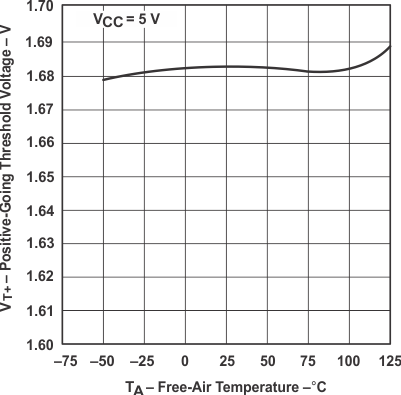 Figure 1. Positive-Going Threshold Voltage
Figure 1. Positive-Going Threshold Voltagevs Free-Air Temperature
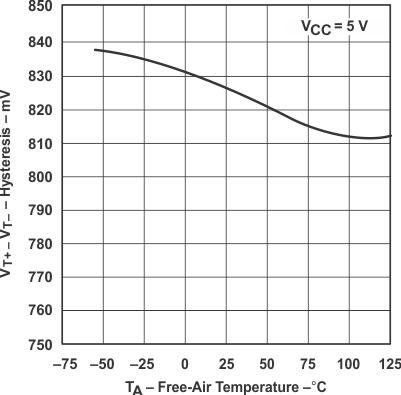 Figure 3. Hysteresis vs Free-Air Temperature
Figure 3. Hysteresis vs Free-Air Temperature
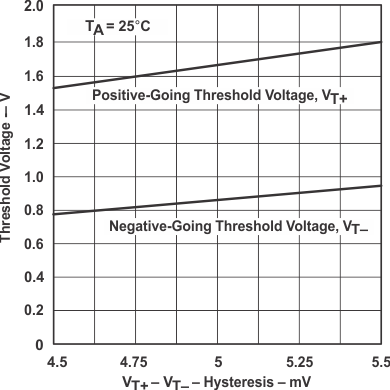 Figure 5. Threshold Voltages vs Supply Voltage
Figure 5. Threshold Voltages vs Supply Voltage
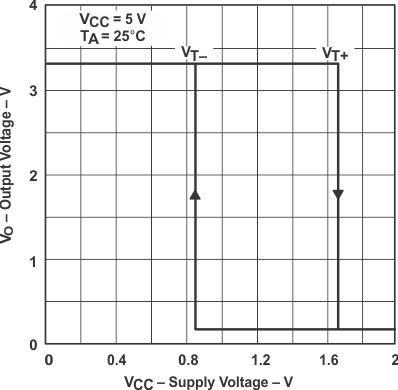 Figure 7. Output Voltage vs Input Voltage
Figure 7. Output Voltage vs Input Voltage
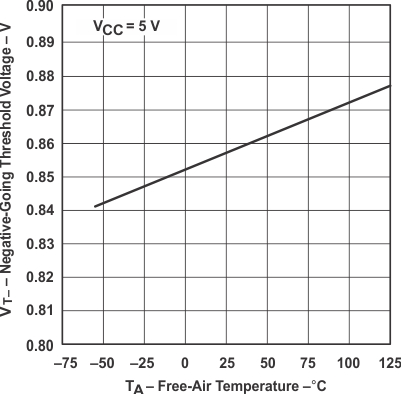 Figure 2. Negative-Going Threshold Voltage
Figure 2. Negative-Going Threshold Voltagevs Free-Air Temperature
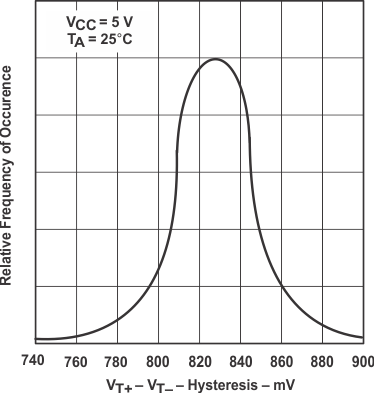 Figure 4. Distribution of Units for Hysteresis
Figure 4. Distribution of Units for Hysteresis
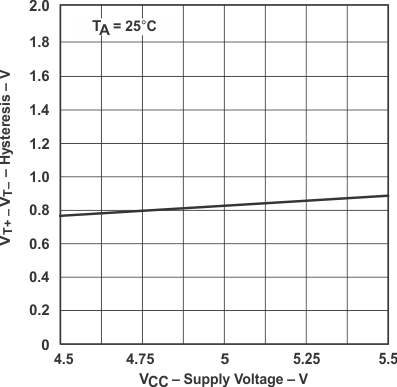 Figure 6. Hysteresis vs Supply Voltage
Figure 6. Hysteresis vs Supply Voltage
6.7.2 SNx4LS14 Circuits
Data for temperatures below 0°C and above 70°C and supply voltage below 4.75 V and above 5.25 V are applicable for SNx4LS14 only.
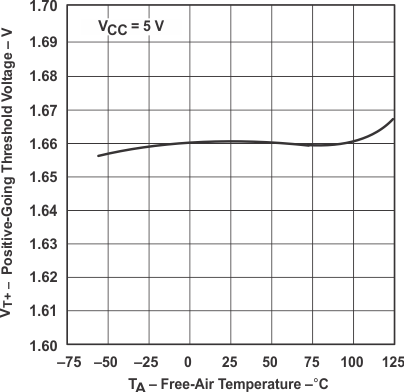 Figure 8. Positive-Going Threshold Voltage
Figure 8. Positive-Going Threshold Voltagevs Free-Air Temperature
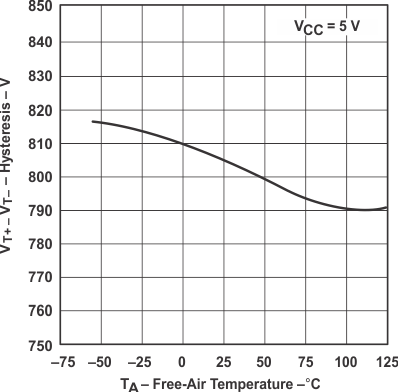 Figure 10. Hysteresis vs Free-Air Temperature
Figure 10. Hysteresis vs Free-Air Temperature
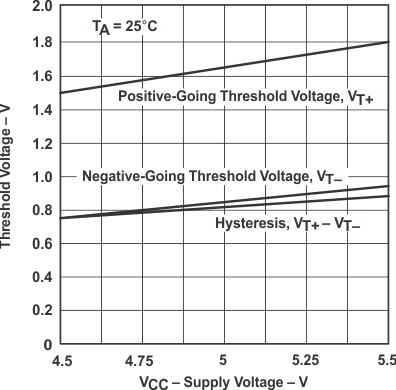 Figure 12. Threshold Voltages and Hysteresis
Figure 12. Threshold Voltages and Hysteresisvs Supply Voltage
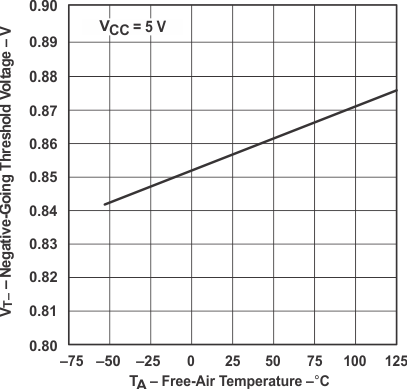 Figure 9. Negative-Going Threshold Voltage
Figure 9. Negative-Going Threshold Voltagevs Free-Air Temperature
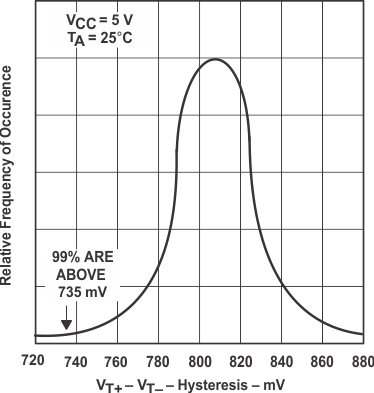 Figure 11. Distribution of Units for Hysteresis
Figure 11. Distribution of Units for Hysteresis
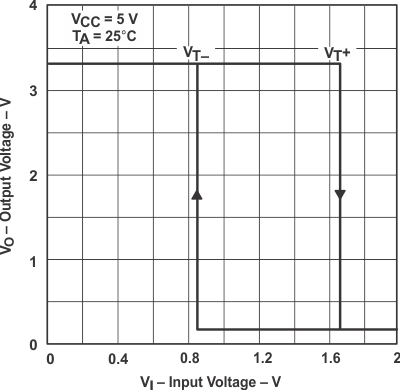 Figure 13. Output Voltage vs Input Voltage
Figure 13. Output Voltage vs Input Voltage